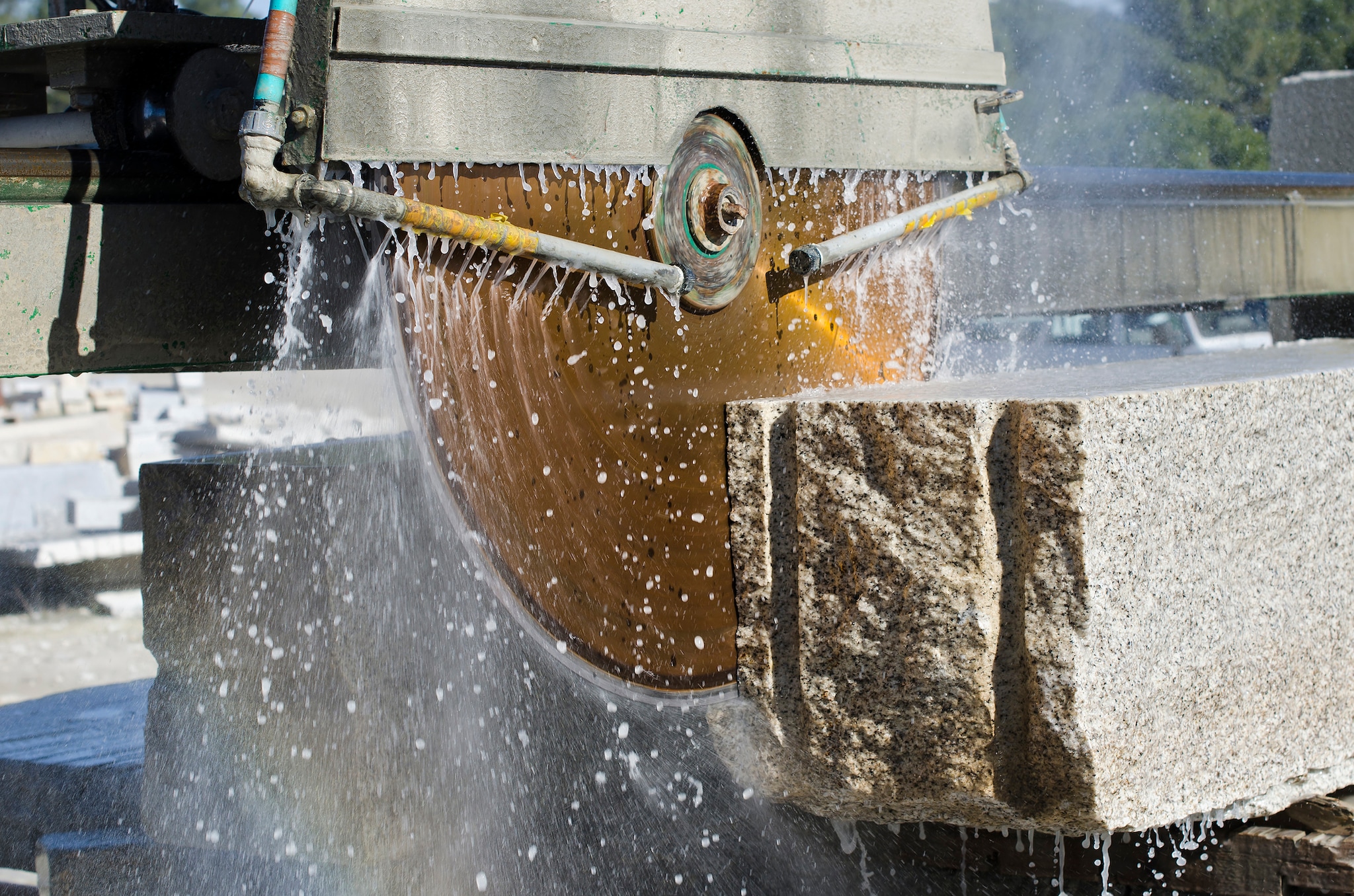Exposure Assessment and Engineering Controls for Crystalline Silica
Exposure Assessment
Assessing worker exposure to respirable crystalline silica is important to determine the need for exposure controls and personal protective equipment. Prior to exposure monitoring, review each analytical method carefully and consult an American Industrial Hygiene Association (AIHA) accredited laboratory for analysis. An accredited laboratory can provide additional guidance about appropriate sampling methods.
The NIOSH Manual of Analytical Methods (NMAM) is a collection of methods for sampling and analyzing contaminants in workplace air. These methods have been developed or adapted by NIOSH or its partners and have been evaluated according to established experimental protocols and performance criteria. NMAM also includes chapters on quality assurance, sampling, and portable instrumentation.
- NIOSH Method 7602 – Silica, Crystalline, by IR
This method is recommended if there are minimal amounts of amorphous silica and silicates in the sample. There are potential interferences with this method that are difficult to identify without the help of an experienced geologist.
- NIOSH Method 7603 – Silica in Coal Mine Dust
For use when analyzing for silica in coal dust.
- NIOSH Pocket Guide to Chemical Hazards
The Pocket Guide is a source of general industrial hygiene information on several hundred chemicals/classes found in the work environment. Key data provided for each chemical/substance includes name (including synonyms/trade names), structure/formula, CAS/RTECS Numbers, DOT ID, conversion factors, exposure limits, IDLH, chemical and physical properties, measurement methods, personal protection, respirator recommendations, symptoms, and first aid.
- Silica, crystalline (as respirable dust)
Key data on respirable silica can be found in the NIOSH Pocket Guide on this page. - Hardware and Software Requirements for Field-based Respirable Crystalline Silica Monitoring
For end-of-shift silica monitoring.
Other Methods
- Occupational Safety and Health Administration (OSHA) Method ID-142 – Silica, crystalline, by XRD
This OSHA method is similar to NIOSH Method 7500 and can be used in most sampling situations where silica is in a mineral matrix (i.e., in concrete or asphalt).
- Mine Safety and Health Administration (MSHA) Method P7 – Silica in Coal Mine Dust
MSHA method for sampling coal dust.
Engineering Controls

Photo by Getty Images
Engineering controls are interventions that can be used to eliminate or more safely work around hazards. Incorporating engineering controls are beneficial because they reduce work-related injuries and illness. This is done by removing or minimizing hazardous conditions such as respirable dust or excessive noise. To control silica exposures, there are wet methods that use water sprays to control dust. There are also dry methods like ventilation controls that use vacuums and high efficiency particulate air (HEPA) filters to control dust.
NIOSH Engineering Controls Database
The NIOSH Engineering Controls Database contains information on engineering control technology. The database content is summarized from previously published NIOSH research. This research was originally published as Engineering and Physical Hazard Reports, workplace solutions, and trade and journal articles. If the data was summarized from an Engineering and Physical Hazard Report, there will be a report number in the summary. If there is a pdf icon next to the number, clicking on the icon will open the original report.
Directory of Engineering Controls
NIOSH directory page providing links to engineering control-related webpages, projects, programs, tools, and resources to improve workplace health and safety.
NIOSH Research and Selected Publications
NIOSH studies health effects of silica exposures in workers and exposure prevention through engineering controls in several different industries. These include mining, construction, oil and gas, stone countertop, manufacturing, and dentistry. The list of publications below provides recent studies conducted by NIOSH.
- Reducing Hazardous Dust Exposure When Dowel Drilling in Concrete
- Reducing Hazardous Dust Exposure When Cutting Fiber-Cement Siding
- Control of Hazardous Dust When Grinding Concrete
- Hazardous Dust Exposure When Rock Drilling During Construction
- Mining Publication: Workplace Solutions: Reducing Hazardous Dust in Enclosed Operator Cabs During Construction
- Control of Hazardous Dust During Tuckpointing
- Water Spray Control of Hazardous Dust When Breaking Concrete with a Jackhammer
Search “silica” on NIOSHTIC-2 for additional NIOSH silica research publications.
